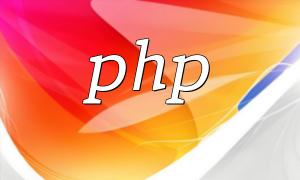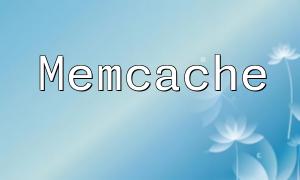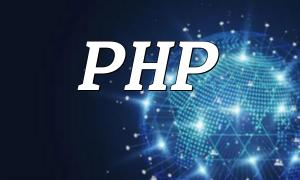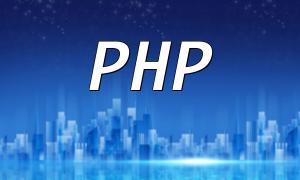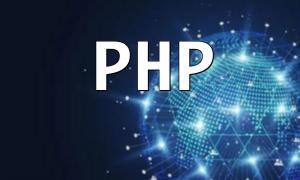As software development continues to evolve, Continuous Integration (CI) and Continuous Delivery (CD) have become indispensable in modern PHP development. This article analyzes the future trends and innovations in PHP CI/CD, explores how emerging technologies like cloud computing, containerization, and AI are impacting PHP development, and provides practical guidance for developers.
Cloud computing presents new opportunities for PHP CI/CD. Through cloud platforms, development teams can more easily set up and manage CI/CD pipelines, utilizing on-demand computing resources. For example, AWS CodePipeline simplifies the process of building, testing, and deploying PHP applications.
Containerization technologies, such as Docker, have become a driving force in PHP CI/CD. By packaging applications and their dependencies in isolated containers, containerization ensures code portability across different environments, reducing risks associated with configuration discrepancies. This technology streamlines the build and deployment processes of PHP applications.
# Setting up PHP CI/CD pipeline with CircleCI
steps:
- restore_cache:
keys:
- v1-dependencies-{{ checksum "composer.lock" }}
- run:
name: Install Dependencies
command: composer install --prefer-dist --no-dev
- save_cache:
paths:
- vendor
key: v1-dependencies-{{ checksum "composer.lock" }}
- run:
name: Run Tests
command: vendor/bin/phpunitThe future of PHP CI/CD is promising, with continuous innovations driven by cloud computing, containerization, and machine learning. By adopting best practices and exploring these new technologies, PHP developers can improve the efficiency and reliability of software development, pushing the boundaries of the software industry to new heights.


